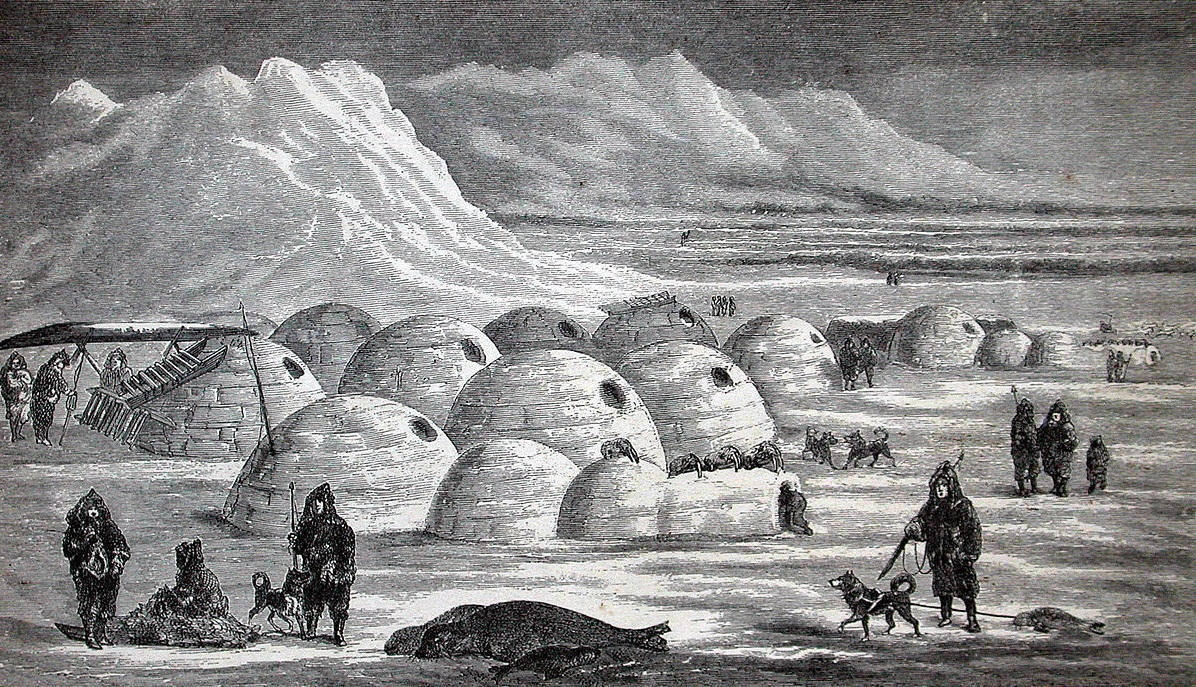
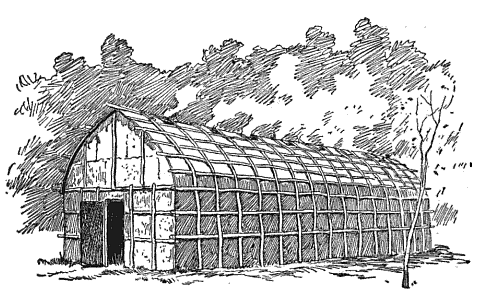
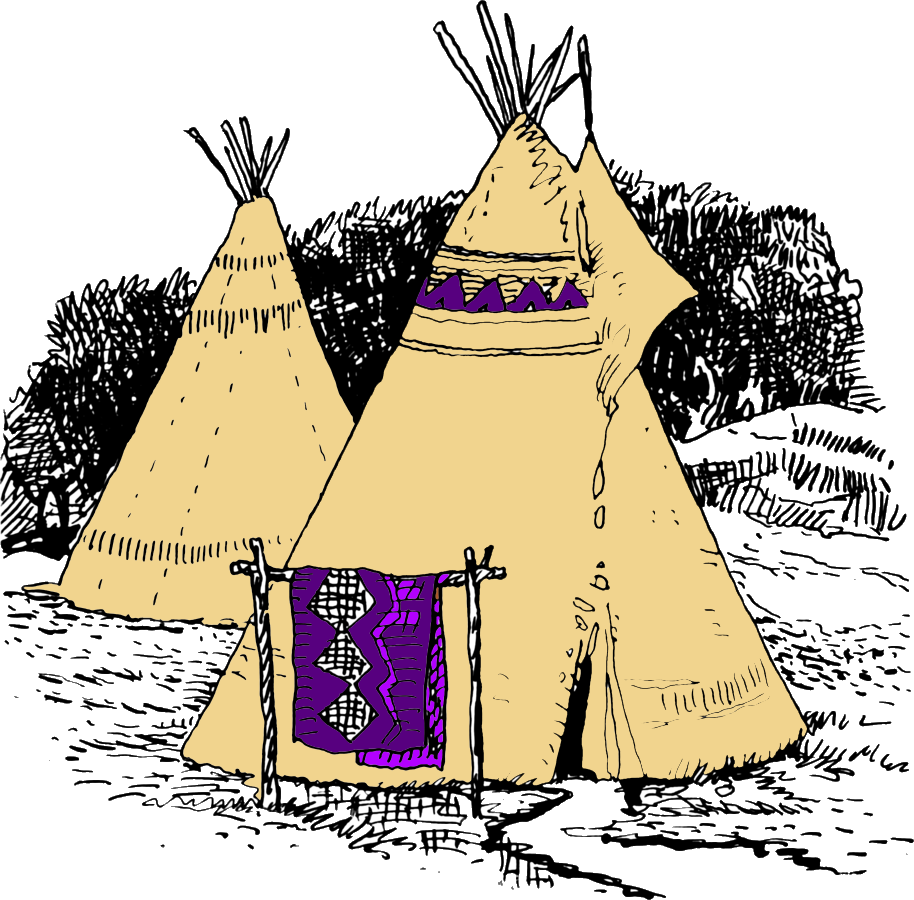
Indians had many kinds of homes. Some of the homes they lived in were called wigwams. There were hogans in the southwest. Igloos were used in the arctic. There were also tepees and longhouses. Homes were built of the things around them. Each tribe used different materials. Their homes were built to work best where they lived.


The Inuit and Shawnee homes are good examples of adapting to the environment. They each built homes that fit where they lived. During the winter months the Inuits would build igloos. Ice was what they had to use. There were no forests filled with trees. Shawnee Indians needed to move around. They made tepees. The tepee could be taken down and put back up easily. Tepees helped the Shawnee to follow the buffalo herds.
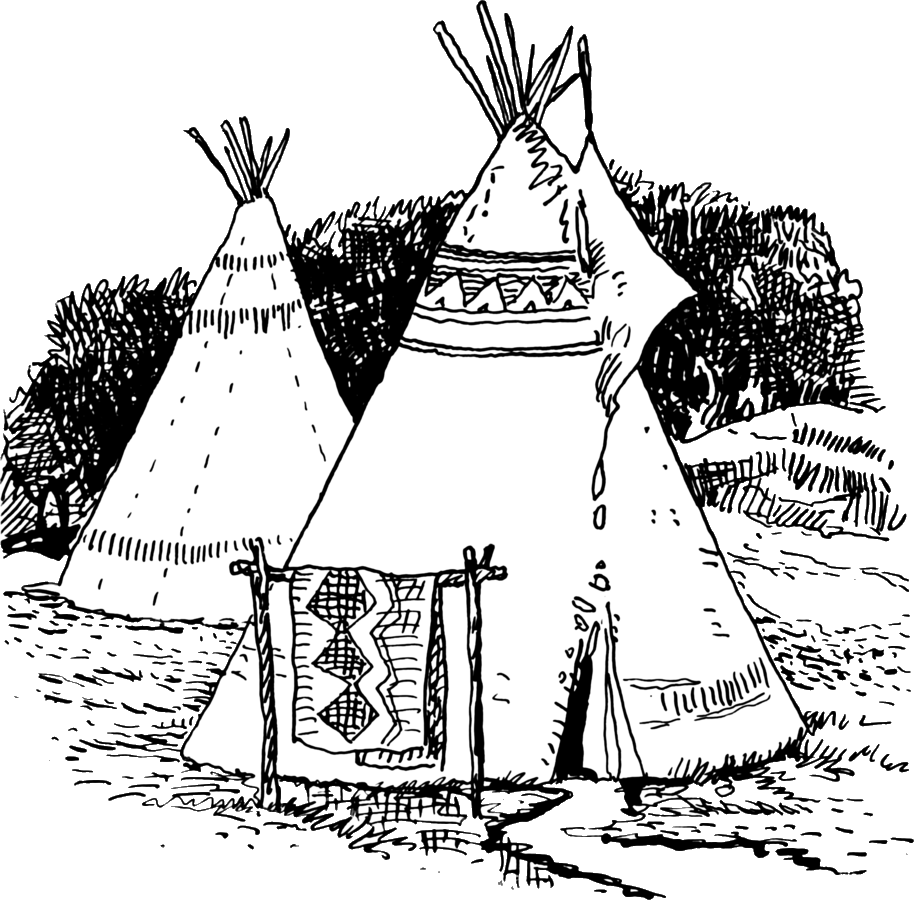
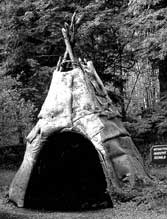
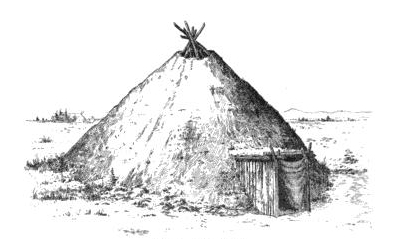
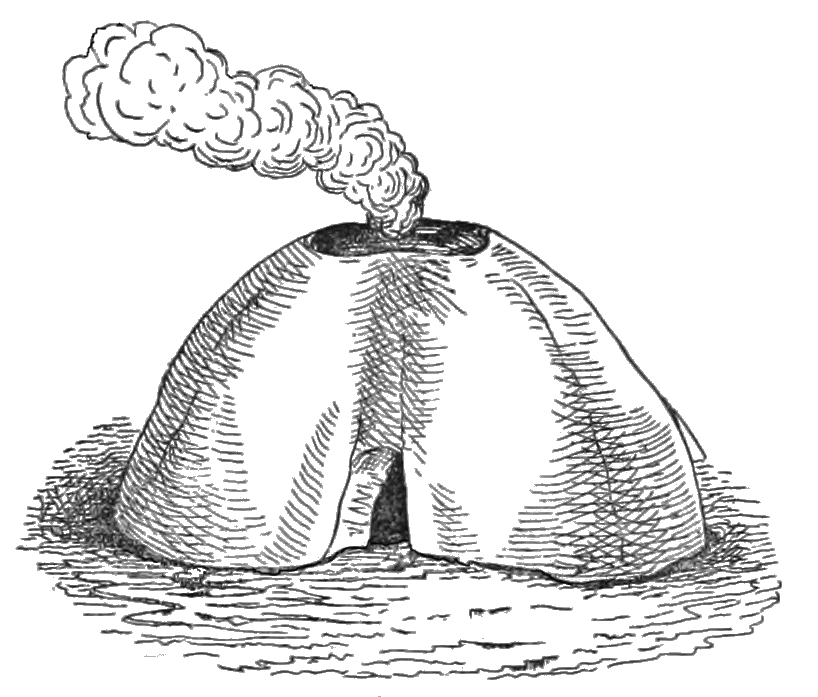
As westward expansion took place, the numbers of buffalo or bison dropped quickly. The buffalo almost became extinct in the west. At one time there were perhaps 60 million bison in North America. There were plenty of buffalo when just Native Americans hunted them, even after thousands of years of being hunted. The colonists and new settlers changed this. By 1910 there were only 5,000 left.
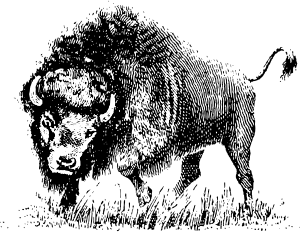
For many Indians the buffalo was very important. They used the buffalo for so much. The buffalo was used for the food, clothing, tools, and much more.
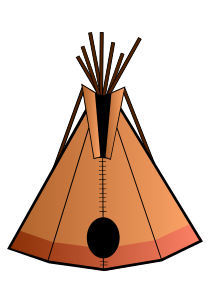 The hides, for example, were used to make their Tepees. It took 12 to 14 hides to make a tepee. It is said that there are 52 things that the buffalo was used for in the Indians’ daily lives. Native Americans used the buffalo well.
The hides, for example, were used to make their Tepees. It took 12 to 14 hides to make a tepee. It is said that there are 52 things that the buffalo was used for in the Indians’ daily lives. Native Americans used the buffalo well.
How could meat they caught be kept good or preserved? Taking care of their meat was a big job. During the summer and fall the Shoshones would dry their meat. First they would cut it into strips. Then they dried it half way. Next, they pounded it to make it tender. Then they finished drying it. And finally, they would put their dried meat into sacks for storing it until it was needed.
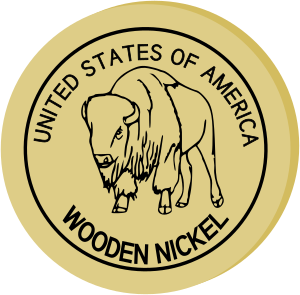
| Parts of buffalo | What it was used for |
|---|---|
| Horns | Spoons and ladles |
| Teeth | Tools, decorations, rattles |
| Brains | To process leather |
| Bones | Knives, arrowheads, clubs, and dice |
| Hide | Tepees, clothes, shoes, bags, and dolls |
| Hair | Head dresses, pillow stuffing, and rope |
| Tongue, Heart, & Liver | To eat |
| Muscles | Jerky |
| Stomach | Buckets, cups, and pots |
| Sinews | Bow strings |
| Bladder | Water canteens |
| Tail | Whips and brushes |
| Fat | Soap, candles, and cooking oil |
| Hooves | Glue |
| Dung | Fuel for fires |
As westward expansion took place, the numbers of buffalos dropped quickly. The buffalo almost became extinct in the west. At one time there were perhaps 60 million bison in North America. There were plenty of buffalo when just Native Americans hunted them. There were plenty of buffalo even after thousands of years of being hunted. The colonists and new settlers changed this. By 1910 there were only 5,000 left.
Clothes for each tribe might be different. They made and wore things that would work for where they lived. This could change when seasons changed. See the examples below of some Native American clothing. Look at examples of some of their traditional clothes.
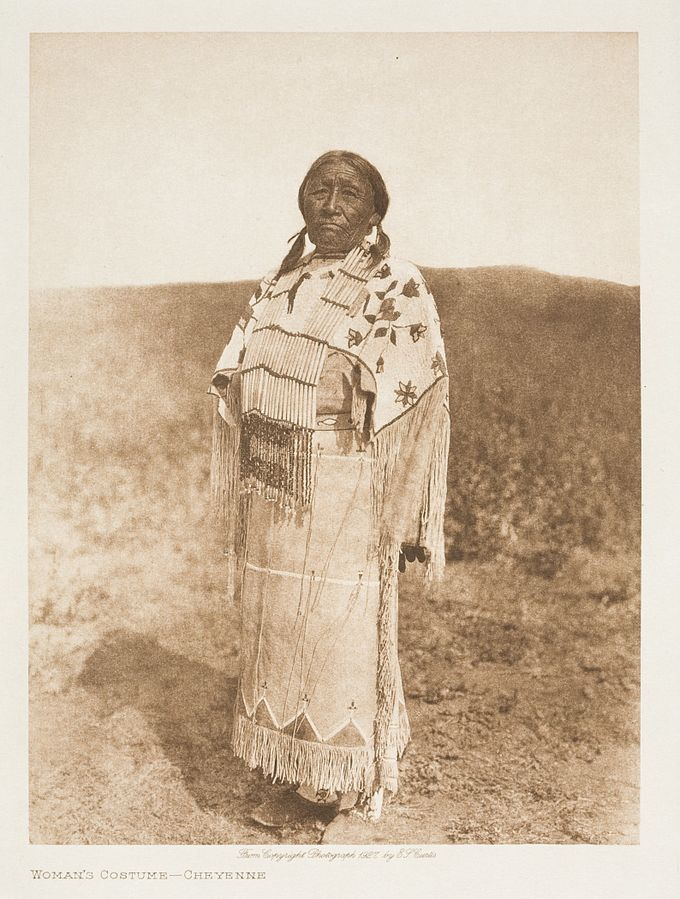

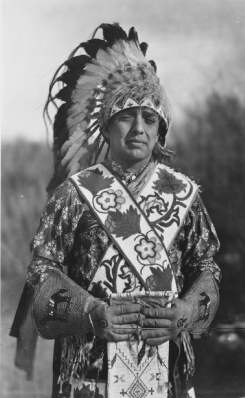
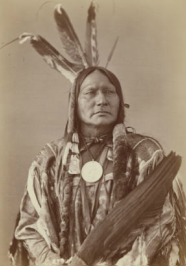
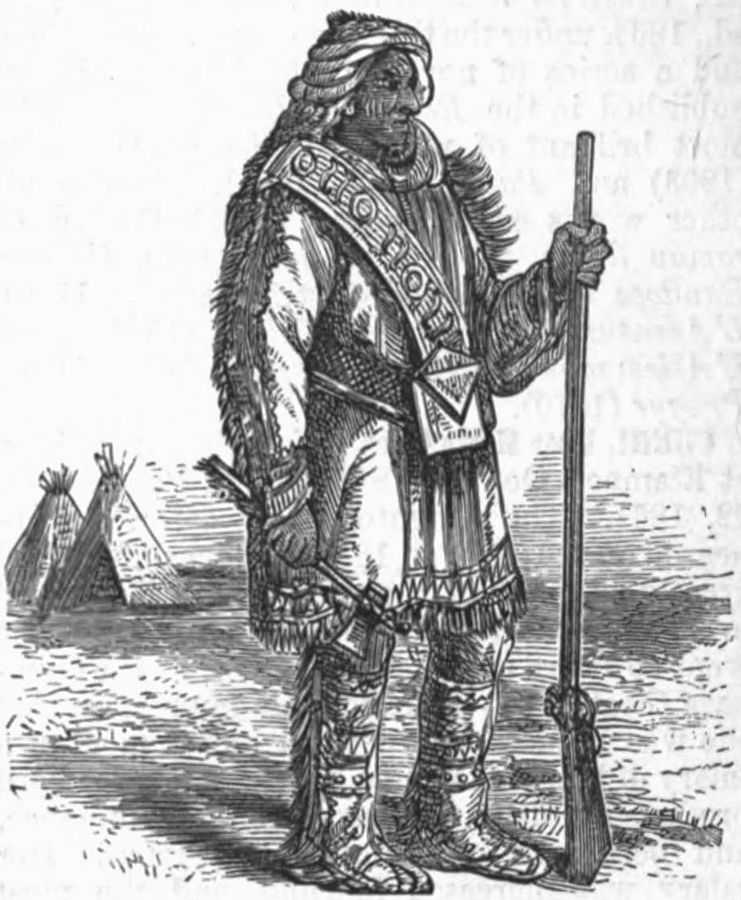
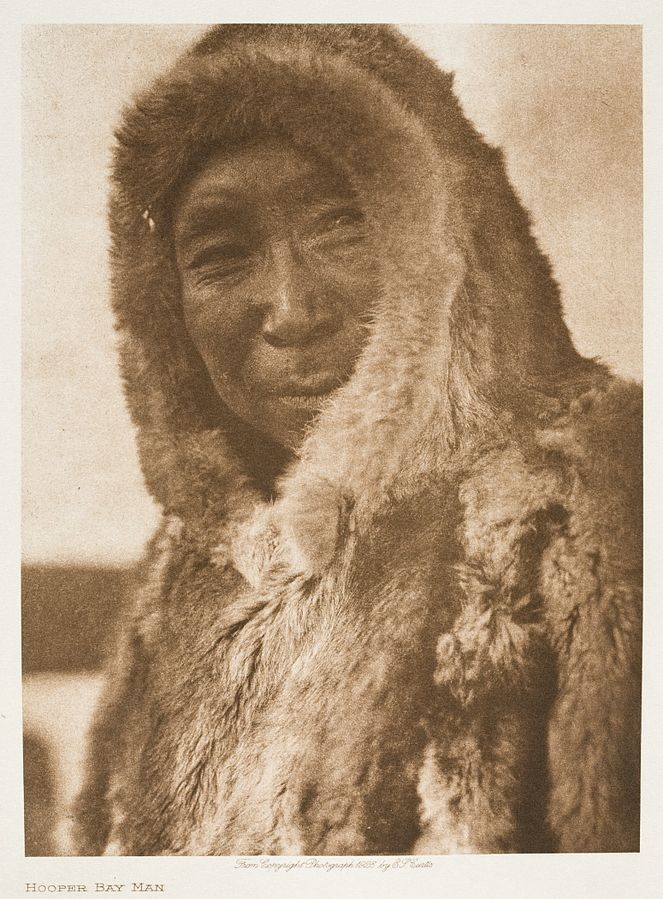
Native Americans clothes often were made from leather or hides. Some of the clothes were made from cloth. But, hides were often used because that is what they could get. It was in their environment. A common part of the clothing was a breechcloth or skirt. This was a covering that went from the waist down toward the knees. It was often short and open on the sides. Leggings covered the lower part of the legs. They looked like pants or chaps. A frock was a shirt, or dress. Colored beads and fringes were sewn on the clothes to add decoration. Beads would often go on the chest and shoulder sections. Fringes often went on the sides of the arms and legs. Moccasins were worn by many Native Americans. They were sturdy leather shoes made from the hides of an animal.
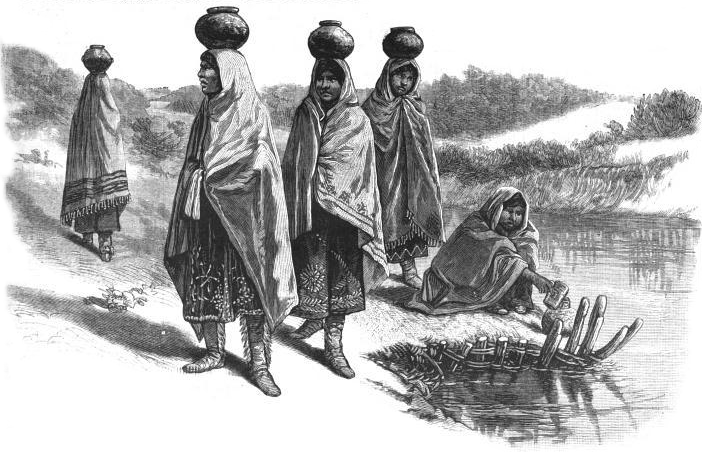
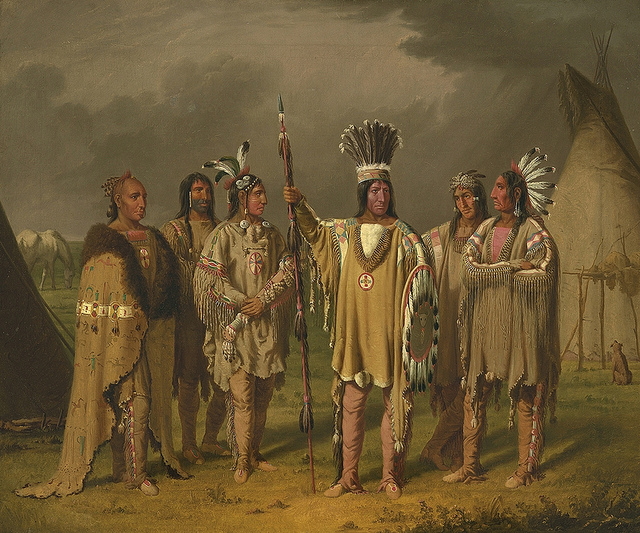
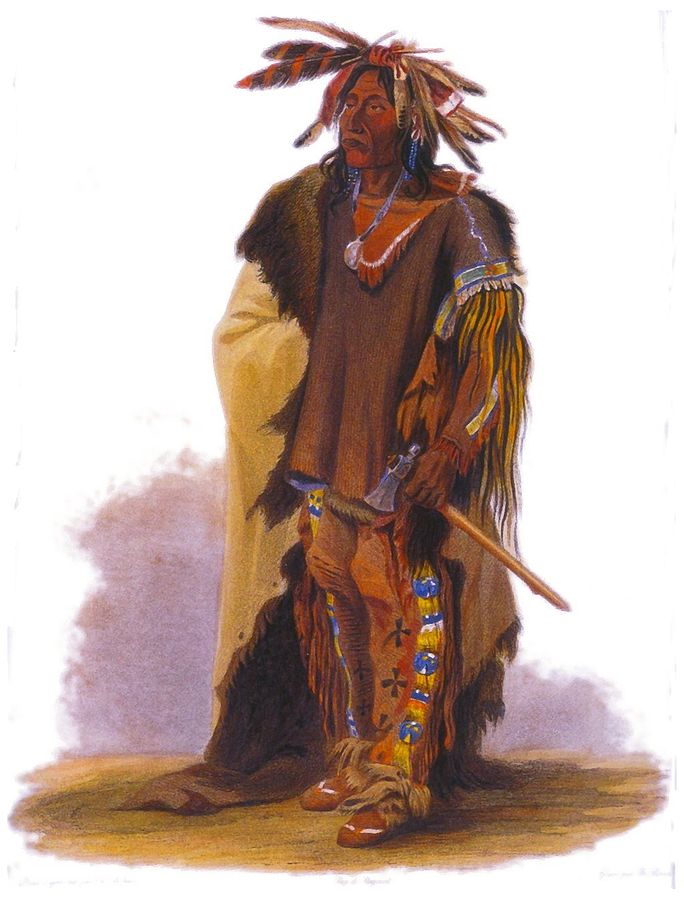

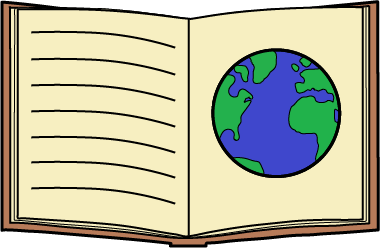
Text Credits:
http://www.ushistory.org/us/1.asp;
http://www.pbs.org/wgbh/americanexperience/features/interview/tcrr-interview/ (Buffalo and Native Americans);
http://www.history.com/topics/native-american-history/native-american-cultures/videos/the-buffalo-and-native-americans;
http://www.windows2universe.org/earth/polar/myths_arctic.html (Inuit)
http://native-american-indian-facts.com/index.shtml;
The White Indian Boy, Elijah Nicholas Wilson and Howard R. Driggs
- Painted faces to look fierce- p. 91
- Killing of buffalo with spear- p. 22
- Preparing meat- Drying and storing in bags
- Goshutes were run off out of other tribes.
- Shoshone tribes met all together once every three years.
- Shoshone region- Salt Lake to Montana, Southern California to Wyoming
- Goshutes found roots and nuts and even ate horses. Food was scarce for them. They became known as good runners because they ate some of their horses.
Nick Wilson describes the Shoshone clothes he wore when he returned from living with the Indians for two years.- p. 119
Tribes fought over hunting grounds- - p. 89
Travels; Washakie- peaceful minded; Catching white-tailed deer, p. 35; Duties of squaws; Sweat houses, pp. 69-78; Weapons, p. 105; Arrows, bows, and spears; Shoshone guides for Lewis and Clark Expedition; Quote to avoid roads where white men travel; How to make bow, arrow, and spear